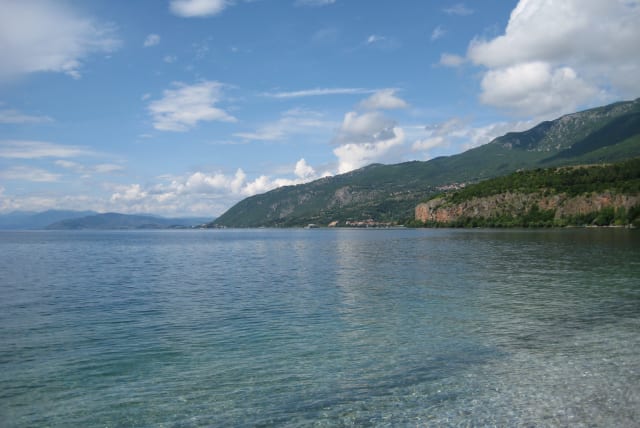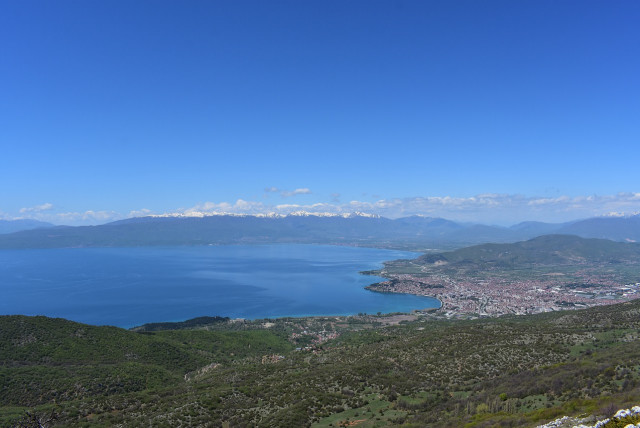Scientists discover remains of Europe’s oldest known lakeside village

The site dates back roughly 8,000 years making it older by hundreds of years than other known lakeside sites.
Scientists have discovered remains from the oldest known lakeside village in Europe uncovered to date, CBS reported on Friday.
Evidence of the village was found beneath the surface of Lake Ohrid, a European lake divided by the border between Albania and North Macedonia. The village was found in Lin, on the Albanian side.
Radiocarbon dating of the site suggests it dates back to, roughly, between 6000 BCE and 5800 BCE, making it about 8000 years old.
"It is several hundred years older than previously known lake-dwelling sites in the Mediterranean and Alpine regions," Albert Hafner, an archaeology professor from the University of Bern in Switzerland noted.
Speaking to AFP, he said, “To our knowledge, it is the oldest in Europe." He added that the majority of the most ancient European villages were located in the Italian Alps and are about a thousand years younger.
Swiss-Albanian cooperation
Edi Rama, the Albanian Prime Minister, took to Facebook to celebrate the discovery.
“This new discovery, besides having undisputed historical and archaeological value, will be a new point of reference for tourism,” the Albanian PM wrote.
The archaeological advancement made was the result of four years of work at the site on behalf of Hafner and his coalition of Albanian and Swiss archaeologists.
The achievement created buzz among politicians in Switzerland in addition to Albania.
According to a statement from Hafner’s team, Swiss Ambassador Ruth Huber personally visited the archaeological excavation site.
“The Ambassador wanted to be informed personally and on the spot about the research of Switzerland in Albania and the Albanian-Swiss cooperation,” Hafner wrote.
The radiocarbon dating comes from timbers. The timbers once belonged to structures that stood on stilts either directly above the surface of the lake or in areas that experienced regular flooding. Such construction would have been difficult, particularly at that time in history.
Scientists believe the village was home to somewhere between 200 and 500 individuals.
Additionally, scientists found evidence that as many as 100,000 spikes had been driven into the bottom of the lake to form a defensive barricade.
Hafner noted that "to protect themselves in this way, they had to cut down a forest."
What remains to be known, that scientists are currently working to uncover, is why the villagers felt they needed such fortifications.
Jerusalem Post Store
`; document.getElementById("linkPremium").innerHTML = cont; var divWithLink = document.getElementById("premium-link"); if (divWithLink !== null && divWithLink !== 'undefined') { divWithLink.style.border = "solid 1px #cb0f3e"; divWithLink.style.textAlign = "center"; divWithLink.style.marginBottom = "15px"; divWithLink.style.marginTop = "15px"; divWithLink.style.width = "100%"; divWithLink.style.backgroundColor = "#122952"; divWithLink.style.color = "#ffffff"; divWithLink.style.lineHeight = "1.5"; } } (function (v, i) { });

